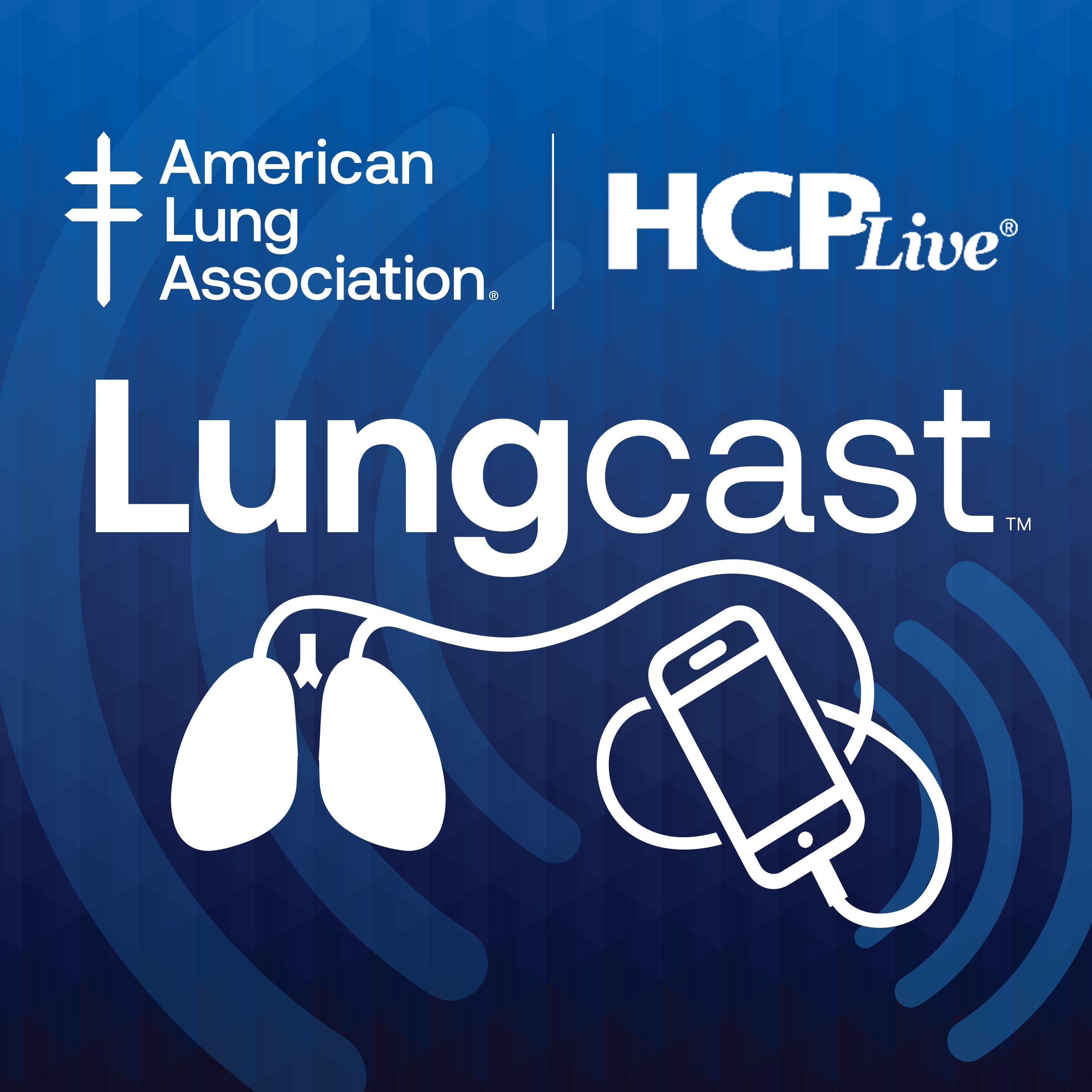Video
Patient and Caregiver Experience
Author(s):
Jamaal Bailey and his mother, Sherry Bailey, discuss their experiences with sickle cell disease, including the initial diagnosis of this disorder.
Ifeyinwa Osunkwo, MD, MPH: Hello, and thank you for joining this HCPLive® Cure Connections® program titled “The Sickle Cell Disease Patient Journey.” Sickle cell disease refers to a group of genetic blood disorders in which the patient’s red blood cells undergo a change of shape known as sickling. The impact of sickle cell disease can vary from person to person. Some patients have frequent crises and severe disability, while others lead relatively normal lives. New approaches to treating sickle cell disease are being explored, including new treatments, new medication, and advances in transplantation and gene therapy.
I’m your host, Dr Ifeyinwa Osunkwo. I’m a professor of medicine and pediatrics at Atrium Health and the director of Sickle Cell Disease Enterprise at the Levine Cancer Institute, a part of Atrium Health, in Charlotte, North Carolina. I’m joined by Dr Wally Smith of the Virginia Commonwealth University School of Medicine in Richmond, Virginia. Dr Smith serves as a vice chairman of research in the division of general medicine and is a former scientific director of the Center on Health Disparities at Virginia Commonwealth University. I’m also joined by Cassandra Trimnell, the founder and executive director of Sickle Cell 101. She is also a patient advocate and a consultant from the San Francisco Bay Area in California. Jamaal Bailey is also joining us today to share details about his journey with sickle cell disease. And he’s with his parent and caregiver, Ms Sherry Bailey. Thank you so much for joining us.
Let’s begin our conversation. I’m going to pose my first question to Jamaal. Jamaal, what do you remember about sickle cell disease from your childhood?
Jamaal Bailey: I remember being in and out of the hospital. I don’t remember too much about my early childhood, but I do remember being diagnosed with nephrotic syndrome that was caused by sickle cell when I was about 13 or 14 years old. Sickle cell appointments and kidney appointments took up most of my life, my school, and pretty much everything else.
Ifeyinwa Osunkwo, MD, MPH: It did affect a lot of your day-to-day life growing up. Do you remember any of the treatments you had to receive early on in your life?
Jamaal Bailey: Yes, I do. I remember having to receive penicillin and pain treatment. I remember having to take daily medications to make sure my kidney function wouldn’t be affected. That includes cyclosporine, prednisone, and some blood pressure medicine. Those were about it.
Ifeyinwa Osunkwo, MD, MPH: Awesome. I’m sure your mom, Sherry, would have a lot more information about when you were much younger. Sherry, when was Jamaal first diagnosed with sickle cell disease? What were his initial symptoms?
Sherry Bailey: Jamaal was diagnosed when he was a baby. He didn’t have many symptoms. Because he has an older brother with sickle cell disease, they already knew the signs. When I had him, they knew that he was going to have it too. They sent him to CHKD [Children’s Hospital of The King’s Daughters], where he was diagnosed with sickle cell disease.
Ifeyinwa Osunkwo, MD, MPH: You said he has a brother who also has sickle cell disease?
Sherry Bailey: Yes.
Ifeyinwa Osunkwo, MD, MPH: As a parent, what were some of your concerns when he was diagnosed with sickle cell disease? What were you worried about the most?
Sherry Bailey: I wasn’t worried too much. I was just upset with myself that I had brought him into this world, so he would have to go through pain like his brother and I were going through. But then I couldn’t judge and I couldn’t dwell on it because it was done. I didn’t have too much concern. I just knew I had to take care of them, care for him but also care for myself.
Ifeyinwa Osunkwo, MD, MPH: That’s a very important component—caring for yourself—because you need to fill up your cup to take care of him. Who was part of your treatment plan? Who were the people who helped with his treatment when he was younger?
Sherry Bailey: I had my mom with me, who would help when he got sick and everything. He went to CHKD, and they took really good care of him. I had no problem with that because that was more important. By me also going there when I was a child, I knew they knew their stuff. I was glad that I had a team that knew everything about sickle cell and what to do for him.
Ifeyinwa Osunkwo, MD, MPH: That’s awesome. So he had a specialty team, a hematology team, and a primary care doctor team?
Sherry Bailey: Yes. They were really there for us.
Ifeyinwa Osunkwo, MD, MPH: Awesome.
Thank you very much for watching this HCPLive® Cure Connections®. If you enjoyed the program, please subscribe to our e-newsletter to receive upcoming programs and other great content right in your in-box.
Transcript Edited for Clarity





